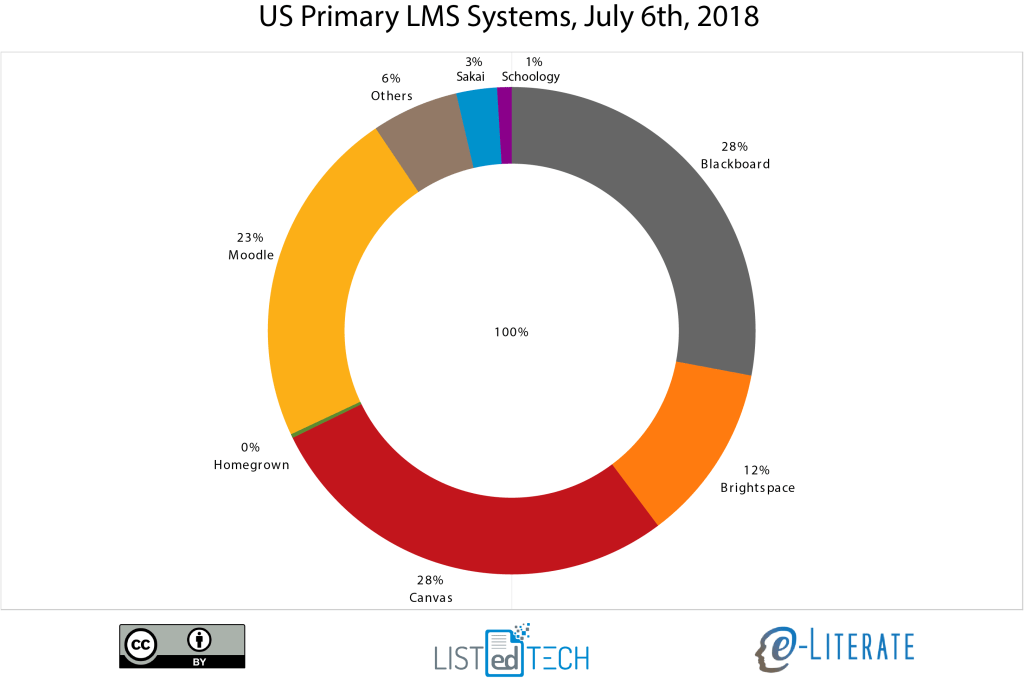I was reading an article (THECB, 2018) the other day on the 60x30TX Initiative. This initiative, by the Texas Higher Education Coordinating Board, seeks to bring the percentage of adults with some form of higher education (defined as an associates degree or above) up to 60% by the year 2030. What caught my eye was goal number three, Marketable Skills;
- Include interpersonal, cognitive, and applied skill areas that are valued by employers, and are primary or complementary to a major [in higher education programs]
- Help students identify their marketable skills and communicate them to employers
The article went on to state, ” The plan requires institutions to formally identify those skills for each of its degree programs so that students are aware of and can communicate these skills to future employers.” Let’s unpack this a little bit.
Marketable skills (i.e., transferable skills, soft skills, employability skills) are already taught in virtually every course. I think faculty infrequently think about and document these soft skills in their courses. Rather, they think about their discipline, and what students need to know about it. Talking about identifying marketable skills sounds to faculty like “yet another thing you want me to do.” Herein lies the first problem to address:
Problem #1: How can we inform and persuade faculty that marketable skills complement rather than compete with their content?
Let’s take an example. Professor Smith teaches English literature. She is very good at teaching students how the great English writers express their thoughts and ideas. She encourages her students to learn from them and model the kinds of techniques they use to produce great writing. She has her students present their reports and thoughts orally to the class for discussion. So it’s probably not difficult for Professor Smith to demonstrate that she teaches some aspects of this marketable skill in her course. She just needs to know what those marketable skills are. Luckily, there are several resources that delineate them, including the NACE Career Readiness Competencies (National Association of Colleges and Employers, 2018), which serve as standards.
Let’s look at the NACE competency for Oral/Written Communications:
Articulate thoughts and ideas clearly and effectively in written and oral forms to persons inside and outside of the organization. The individual has public speaking skills; is able to express ideas to others; and can write/edit memos, letters, and complex technical reports clearly and effectively.
The NACE standards are organized into larger categories of marketable skills:
- Critical Thinking/Problem Solving
- Oral/Written Communications
- Teamwork/Collaboration
- Digital Technology
- Leadership
- Professionalism/Work Ethic
- Career Management
- Global/Intercultural Fluency
Back to the identification of marketable skills. Earlier, I pointed out that the initiative wants colleges to identify the marketable skills in their programs. I submit that this should NOT be our target. Let me illustrate. Suppose we did this. What would it look like? More than likely, each academic program/major would publish a document outlining the marketable skills taught in their programs. The skill descriptions would be at a high level, and based upon the major. It would be hard to measure these skills at a meaningful level because curricular content and techniques for any given course vary from semester to semester, even with the same instructor. Also, students don’t take 100% of their courses completely within their major. Rather students construct their course of study with electives and program options. This means that the best place to define marketable skills is at the course level, which leads to the next hurdle. Assuming we know what marketable skills we want to teach:
Problem 2: How do we provide a system for faculty to document the marketable skills taught in their courses?
The Higher Education Coordinating Board states that it will collect this information in future years, but what they are looking for is a list of supported skills per program that are “résumé ready.” While defining skills on the instructional side is part if this goal, the other half is a method for students to consume the information easily and be able to articulate it to a potential employer. In other words, we need a mechanism to give them a “marketable skills transcript.” This leads to the third issue:
Problem 3: How do we document and distribute marketable skills information to students in a way that puts them in control?
Here’s my fantasy.
Case Study
Hannah is a student at LGU (i.e., Land Grant University) in Environmental Design. Her department led the charge several years ago to define marketable skills in all of their major courses. They also worked with other colleges such as Liberal Arts and Business to make sure marketable skills were documented in common courses necessary for their degrees. They went a step further in defining a quantitative measurement for each marketable skill that indicates the magnitude of teaching and engagement provided for each on a per-course basis. Skills and measurements are updated by course professors each semester. They know how to do this because they receive continuing education provided by the university’s Center for Instructional Excellence. For example, Professor Martin’s computer-aided design course offers 3 points of Communication, 4 points of Teamwork, and 2 points of Digital Technology.
After four years of hard work, Hannah receives her B.S. in Environmental Design. As she searches for a job, she shares her academic transcript with potential employers. This details her coursework and grades. But Hannah also has access to a marketable skills transcript. This details marketable skills by course with a description of each course’s specific experiences. Furthermore, since the skills have been quantified, Hannah also has a marketable skill “profile” that gives her a total picture of her strengths in the various skill areas. Hannah has 20 points of communication and 34 points of teamwork over the course of her degree, giving her an advantage in organizational environments requiring strong team skills. Her marketable skills transcript also notes the average skill profile for students coming out of her program, giving potential employers a comparison of Hannah to her peers.
Additionally, each course’s skill experiences are documented via blockchain. This gives Hannah access to her skill credentials conveniently. She is able to distribute her blockchain documented skills in an independently verifiable manner. Furthermore, Hannah can “tailor” what skills and experiences she shares with any given employer. She can shape the picture of what a potential employer sees about her.




 This
This 
 I was intrigued by
I was intrigued by 

